Resource Page
A collection of awesome science/education resources for further learning. Want to use what you’ve learned to be a student scientist? Check out the separate Citizen Science resource page.
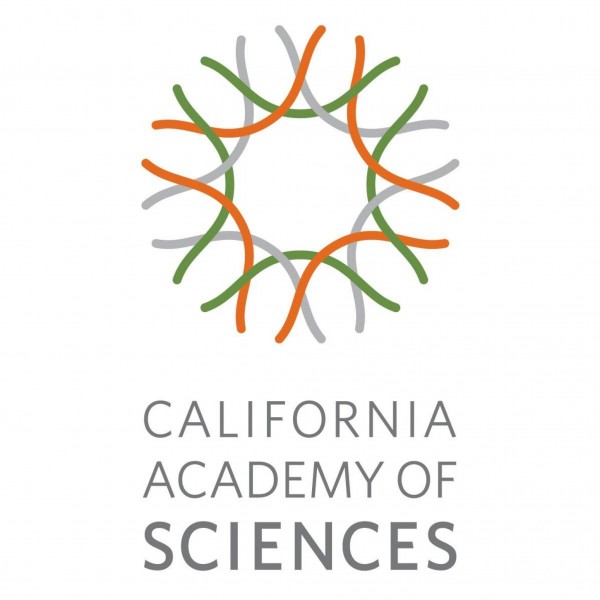 The California Academy of Sciences Educator Page has excellent science resources and activities for students of all ages. These activities tend to be in more of a lesson plan format, but they’re chock-full of good information, interesting worksheets, and fun experiments. Easily adaptable to any learning goal. I’d recommend the Learning Resources for Students at Home page as well as the Science Lesson Plans collection.
The California Academy of Sciences Educator Page has excellent science resources and activities for students of all ages. These activities tend to be in more of a lesson plan format, but they’re chock-full of good information, interesting worksheets, and fun experiments. Easily adaptable to any learning goal. I’d recommend the Learning Resources for Students at Home page as well as the Science Lesson Plans collection.
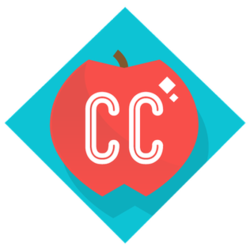 If you’re looking for entertaining educational videos, Crash Course might be the way to go. They have more than 30 different video series (all on YouTube as well) including Chemistry, World History, Games, Literature, Crash Course Kids, and many more. Although the videos are grouped as online courses, I’d recommend watching individual ones across series that interest you. The hosts tend to speak quickly and cover a lot of ground, but they are very engaging and enthusiastic. Clever animations and visuals accompany each video.
If you’re looking for entertaining educational videos, Crash Course might be the way to go. They have more than 30 different video series (all on YouTube as well) including Chemistry, World History, Games, Literature, Crash Course Kids, and many more. Although the videos are grouped as online courses, I’d recommend watching individual ones across series that interest you. The hosts tend to speak quickly and cover a lot of ground, but they are very engaging and enthusiastic. Clever animations and visuals accompany each video.
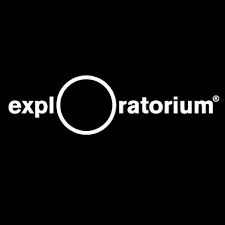 Exploratorium Science Snacks are fairly simple, hands-on activities meant to help kids explore scientific concepts on their own. They vary in subject, complexity, and targeted age group. Many are homebrew versions of the physics exhibits at the museum. In Lieu of a Lab was in part inspired by Science Snacks.
Exploratorium Science Snacks are fairly simple, hands-on activities meant to help kids explore scientific concepts on their own. They vary in subject, complexity, and targeted age group. Many are homebrew versions of the physics exhibits at the museum. In Lieu of a Lab was in part inspired by Science Snacks.
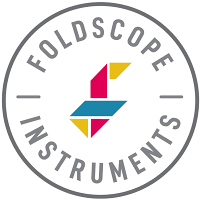 The Foldscope is a paper microscope created to make the microscopic world more accessible to a wider audience. The Foldscope comes with a 140x, 2 micron lens, detailed assembly instructions, and several paper slides. From the website: “Foldscope Instruments Inc’s mission is to break down the price barrier between people & the curiosity and excitement of scientific exploration! Through the purchase of our products, you directly support our mission and enable us to bring tools to communities around the world.” The Deluxe Individual Kit costs $30, but I recommend getting together with some friends and purchasing the Basic Classroom Kit, which is $35 and contains twenty Foldscopes. That’s 20 handheld microscopes for less than $2 each. Below are some photos I’ve taken through the Foldscope.
▲
From left to right: cells on an aquatic leaf, the arm of a common market squid, the pigment on a butterfly’s wing
The Foldscope is a paper microscope created to make the microscopic world more accessible to a wider audience. The Foldscope comes with a 140x, 2 micron lens, detailed assembly instructions, and several paper slides. From the website: “Foldscope Instruments Inc’s mission is to break down the price barrier between people & the curiosity and excitement of scientific exploration! Through the purchase of our products, you directly support our mission and enable us to bring tools to communities around the world.” The Deluxe Individual Kit costs $30, but I recommend getting together with some friends and purchasing the Basic Classroom Kit, which is $35 and contains twenty Foldscopes. That’s 20 handheld microscopes for less than $2 each. Below are some photos I’ve taken through the Foldscope.
▲
From left to right: cells on an aquatic leaf, the arm of a common market squid, the pigment on a butterfly’s wing
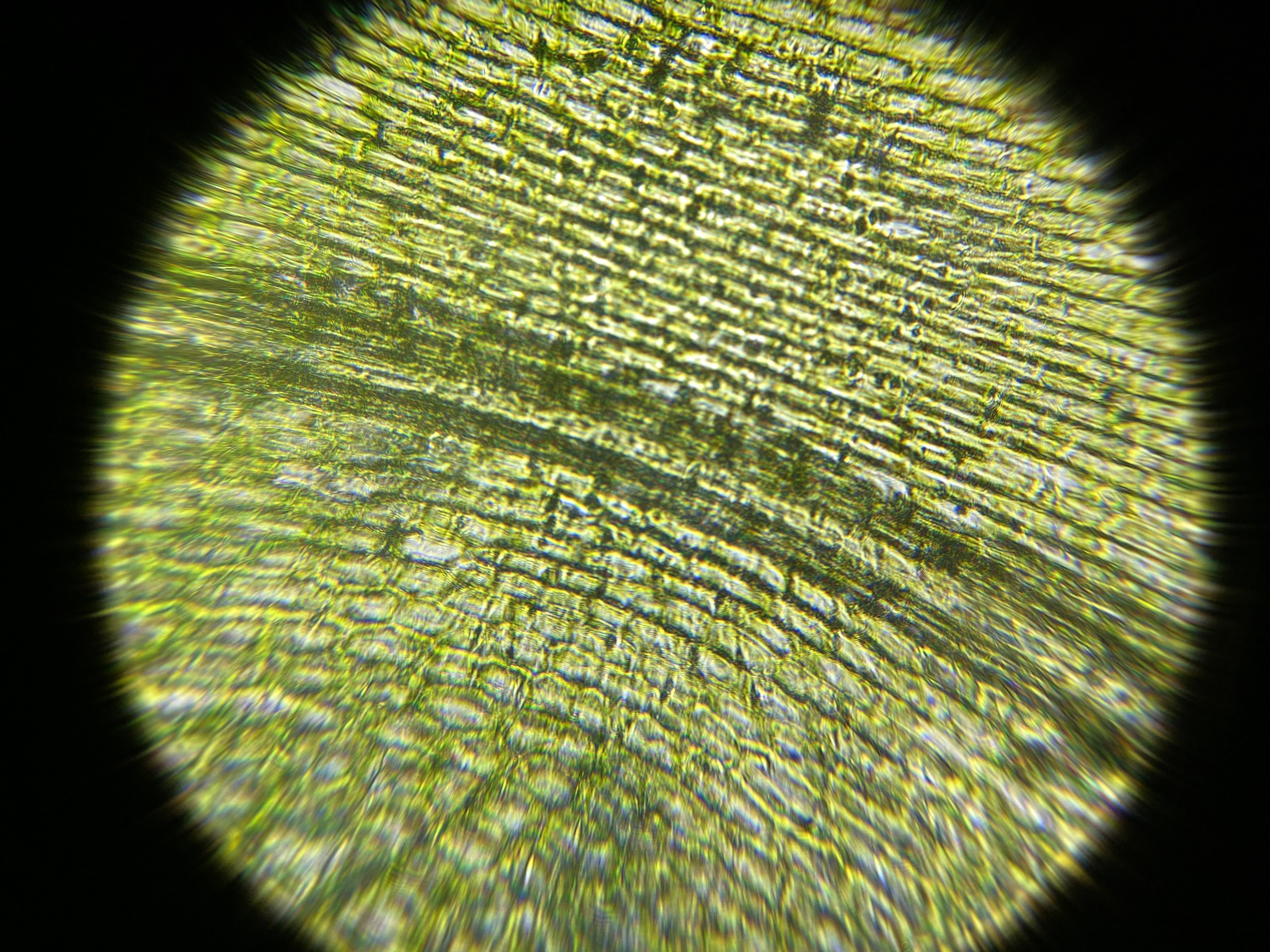
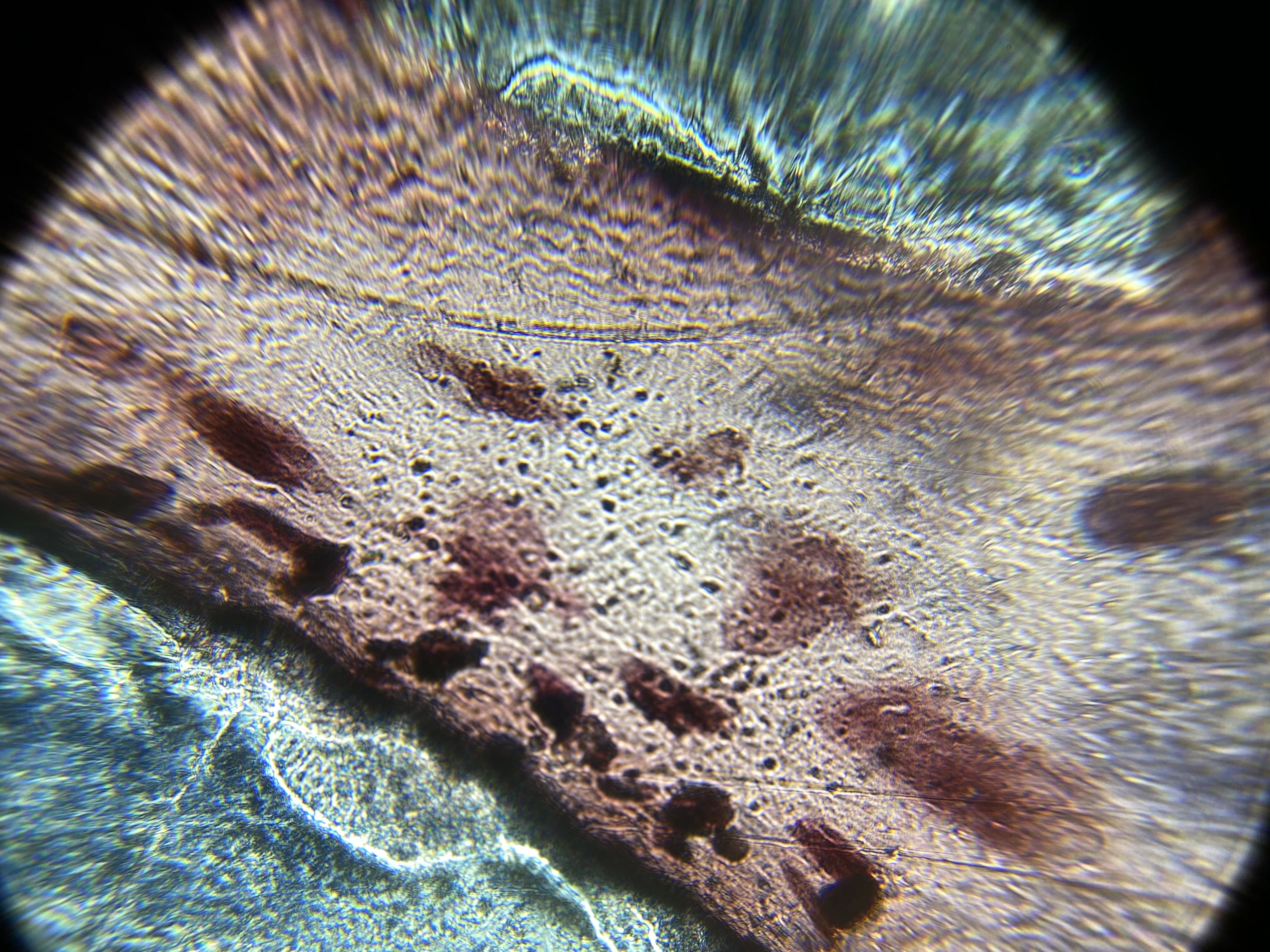
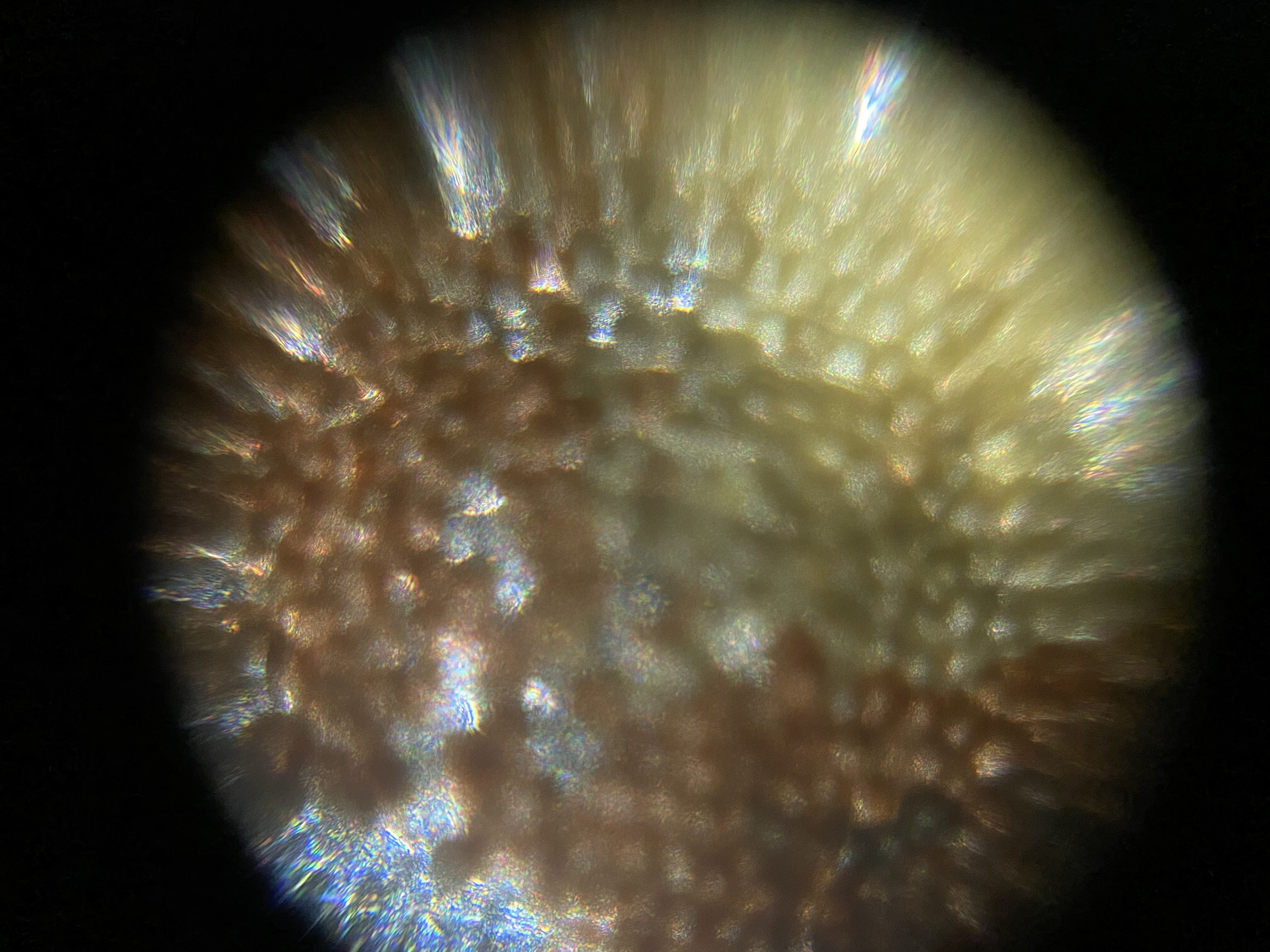
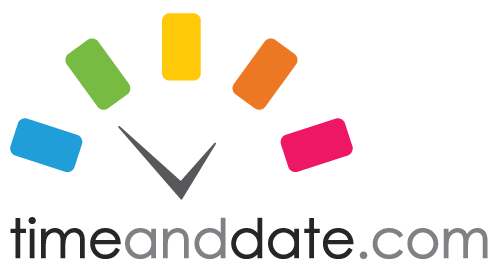 Time and Date’s Night Sky application is my go-to database for local astronomy information. Simply enter in your location, and the site will let you know what to look for in the night sky and where and when to find it. Try for a planet sighting! They’re often visible as bright stars with the unaided eye.
Time and Date’s Night Sky application is my go-to database for local astronomy information. Simply enter in your location, and the site will let you know what to look for in the night sky and where and when to find it. Try for a planet sighting! They’re often visible as bright stars with the unaided eye.
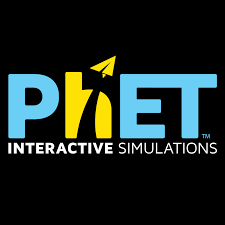 The University of Colorado’s many PhET Simulations are great for getting introduced to concepts in physics, chemistry, math, earth science, and biology. These interactive simulations are filterable by subject, grade level, accessibility, and more. Many also contain games that can be used to check your understanding. For example, the Area Builder is a good example of a math simulation (with an attached game), while States of Matter lets you play with the relationships between temperature, pressure, volume, and matter.
The University of Colorado’s many PhET Simulations are great for getting introduced to concepts in physics, chemistry, math, earth science, and biology. These interactive simulations are filterable by subject, grade level, accessibility, and more. Many also contain games that can be used to check your understanding. For example, the Area Builder is a good example of a math simulation (with an attached game), while States of Matter lets you play with the relationships between temperature, pressure, volume, and matter.
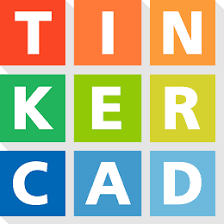 Tinkercad is an excellent platform for trying out 3-D design and circuitry. By creating a free account, you can model anything that comes to mind in three dimensions and simulate circuits with a huge selection of virtual electrical components. The interface is intuitive for even younger kids and easy to learn.
Tinkercad is an excellent platform for trying out 3-D design and circuitry. By creating a free account, you can model anything that comes to mind in three dimensions and simulate circuits with a huge selection of virtual electrical components. The interface is intuitive for even younger kids and easy to learn.